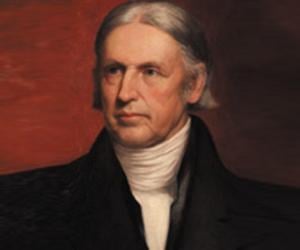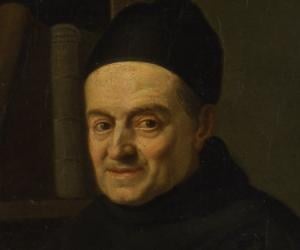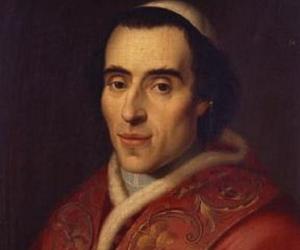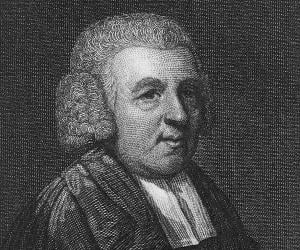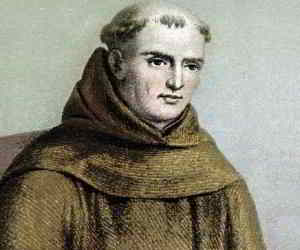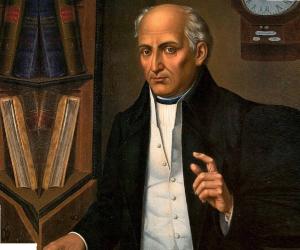John Newton was an English Anglican cleric. As a young man, he was forcefully recruited into the navy and worked on slave ships in the slave trade for several years. He later converted to Christianity, following which he denounced slavery and became an abolitionist. He was then ordained as a Church of England cleric.
Junípero Serra was a Roman Catholic priest who is credited with founding the Franciscan Missions of the Sierra Gorda. He is also credited with founding nine of the 21 Spanish missions in California. On 25 September 1988, Junípero Serra was beatified in the Vatican City by Pope John Paul II. On 23 September 2015, he was canonized by Pope Francis.
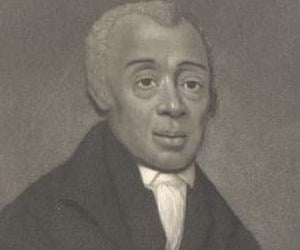
Born to slave parents, American clergyman Richard Allen became a Methodist convert at 22. He later founded the African Methodist Episcopal Church and served as its first bishop. Apart from establishing the first church for Blacks in the U.S., he worked on various aspects to improve the lives of Blacks.
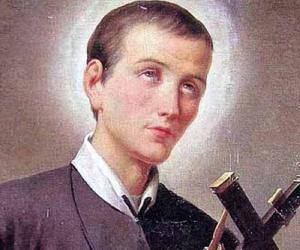
Gerard Majella was an Italian lay brother who is honored by the Roman Catholic Church as a saint. His intercession is sought for unborn children, children, mothers, women in childbirth, expectant mothers, and motherhood. Many churches in New Zealand, England, and Sri Lanka are dedicated to him.

Puritan clergyman Increase Mather was educated at Harvard and Trinity and preached his first sermon the day he turned 18. The son of Puritan minister Richard Mather, he penned An Essay for the Recording of Illustrious Providences, which is said to have influenced the Salem witch trials.
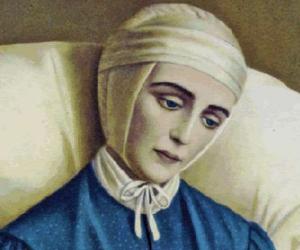
German Roman Catholic nun Anne Catherine Emmerich was born on a farm and initially failed to join any religious community due to her poor financial conditions. She later received the stigmata and experienced visions of the Virgin Mary and Passion of Jesus. Her visions apparently inspired the 2004 film The Passion of the Christ.
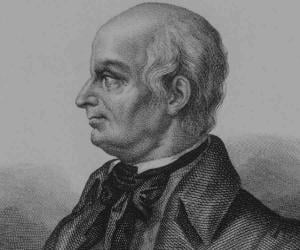
Lazzaro Spallanzani was an Italian physiologist, biologist, and Catholic priest. He is best remembered for making significant contributions to the study of animal reproduction, bodily functions, and animal echolocation. Lazzaro Spallanzani's research on biogenesis was the first step towards debunking the theory of spontaneous generation.
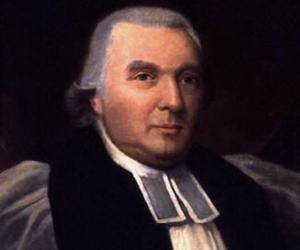
Samuel Seabury was an Episcopal bishop who became the second Presiding Bishop of the Episcopal Church in the United States of America. A leading Loyalist in New York City during the American Revolution, he was known for his rivalry with Alexander Hamilton. After the revolution, he played a key role in the evolution of Anglican liturgy.
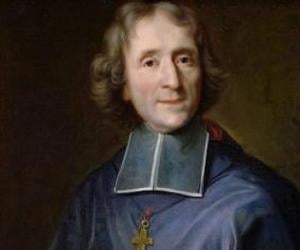
François Fénelon was a French writer, poet, theologian, and Catholic archbishop. He is best remembered for his book The Adventures of Telemachus, which was published in 1699. François Fénelon also served as a tutor of Louis, Duke of Burgundy, guiding the character formation of Louis, Grand Dauphin's eldest son.
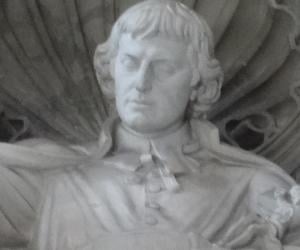
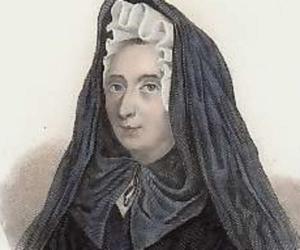
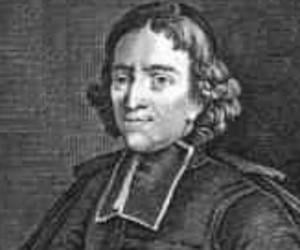

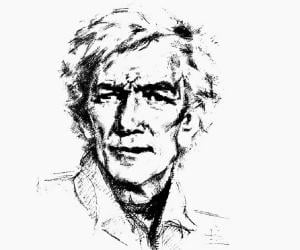
Eusebio Kino was a Tyrolean missionary, explorer, geographer, astronomer, and cartographer. Nicknamed Father Kino for his missionary work, Eusebio worked closely with the indigenous Native American people, including the Sobaipuri, Tohono O'Odham, and other Upper Piman populations, as part of his exploration. He also led an overland expedition in the Baja California Peninsula, proving that it is not an island.
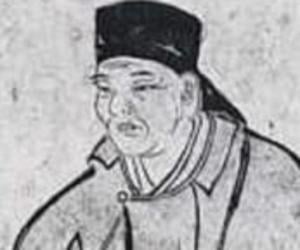
Nineteenth-century Japanese haiku poet Kobayashi Issa, or Issa, who had penned more than 20,000 haiku, remains one of the Great Four haiku masters of his country. Known for his simple and lucid language, he mostly wrote about the common man. He is also said to have originated the Japanese I novel.
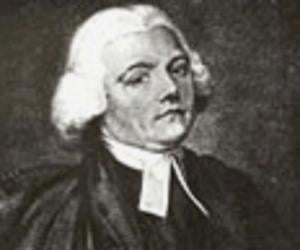
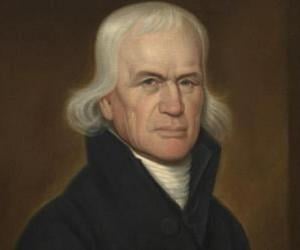
Francis Asbury was a bishop of the Methodist Episcopal Church. He played an important role during the Second Great Awakening, popularizing Methodism in British colonial America. He is credited with establishing many schools and his journal is deemed important by scholars due to its account of frontier society; his journal has descriptions of the functioning of towns in Colonial America.
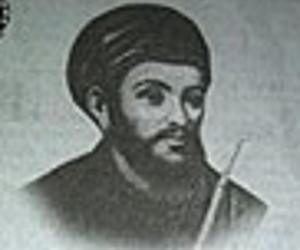
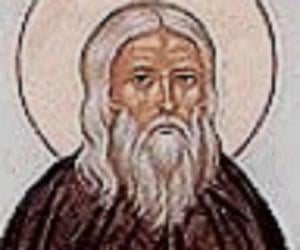
Starting his monastic life at 16, Russian Orthodox monk Saint Herman of Alaska later became a missionary to Alaska. He gained immense respect of the local people in Alaska and also ran a local school, where he taught church subjects and agriculture. He later moved to Spruce Island, where he eventually died.

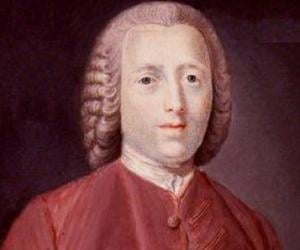
British naturalist and biologist John Needham was also a Roman Catholic priest who became the first Catholic clergyman to be named a Fellow of the Royal Society of London. He supported the theories of spontaneous generation and vitalism. He also served the Imperial Academy in Brussels as its director.

Ottoman metaphysical poet and mystic Sheikh Galip, who was also known as Mehmed Esad, was taught by Hodja Neş'et. Known for his poetic works such as Divan and Hüsn ü Aşk, he was known for his use of abstraction and his own vocabulary. He also opposed the prosaic style of poet Nabi.
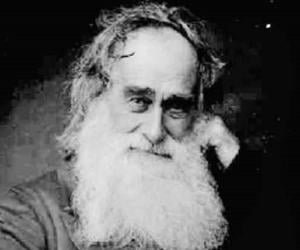
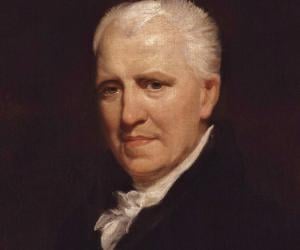
George Crabbe was an English surgeon, poet, and clergyman. He began his career as a doctor's apprentice in the 1770s and later become a surgeon. After a few years, he pursued a living as a poet and also served as a clergyman in various capacities. He wrote poetry mainly in the form of heroic couplets. He was also a coleopterist.
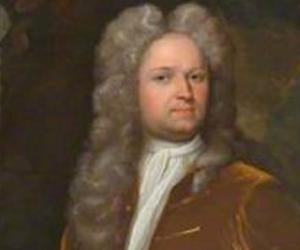
Spanish priest Miguel Hidalgo y Costilla is remembered as the father of Mexican independence. During the 1808 French invasion of Spain, the Mexicans demanded independence from Spanish rule. Hidalgo’s subsequent call for revolt against the Spanish is remembered as the Cry of Dolores. He was executed by a firing squad.
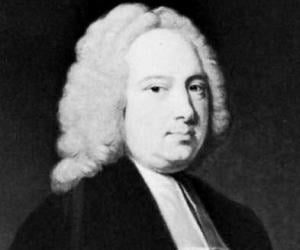
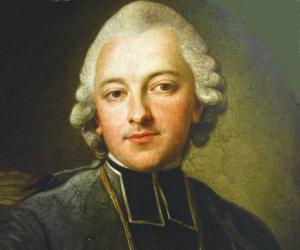
Ignacy Krasicki was a Primate of Poland, playwright, journalist, encyclopedist, translator, critic of the clergy and a prominent Enlightenment poet of Poland. The most notable works of Krasicki are his Fables and Parables and Satires. The first Polish novel, The Adventures of Mr. Nicholas Wisdom, written in the form of a diary by Krasicki is a milestone in Polish literature.
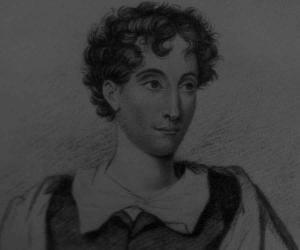
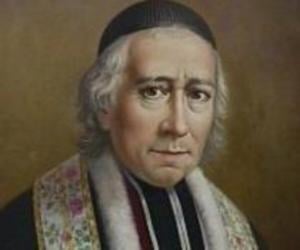
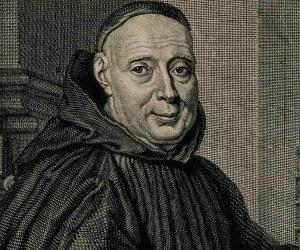
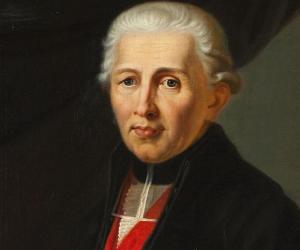
Among the many positions held by Karl Theodor Anton Maria von Dalberg, the most notable were those of the arch-chancellor of the Holy Roman Empire and the archbishop of Mainz. Though he wished to establish a national German church, his wishes were toned down by the pope.
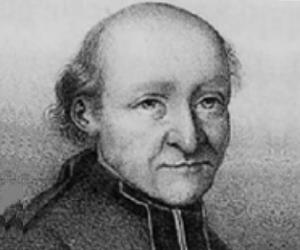
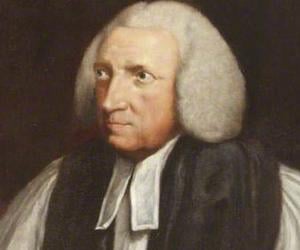
Apart from serving as the Bishop of the Church of England, Robert Lowth had also been an Oxford professor. Among his written works are books on English grammar and treatises on Hebrew poetry. Though offered the position of the Archbishop of Canterbury, he rejected it citing ill health.
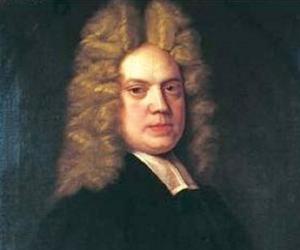
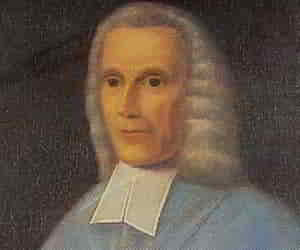
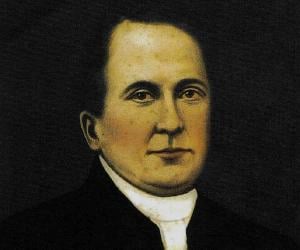
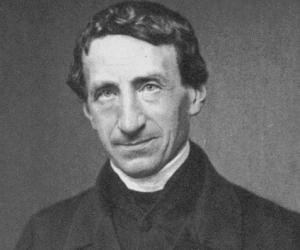
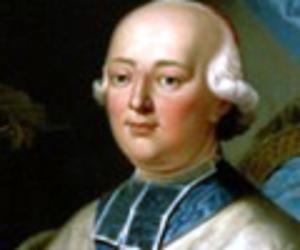

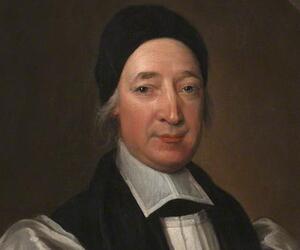
Anglican bishop and hymn writer Thomas Ken had also been King Charles II’s chaplain. He was one of the seven bishops who opposed King James II’s Declaration of Indulgence that was focused on promoting Roman Catholicism. He was eventually forced to retire due to his opposition to William and Mary.
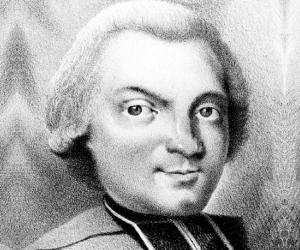
Jacques Roux was a French Roman Catholic priest. During the French Revolution, Roux expounded the ideals of the classless society and popular democracy to working class wage earners, Parisian sans-culottes, and shopkeepers, turning ordinary men into a revolutionary force. He is thus remembered as a radical revolutionary who went on to lead a popular far-left in France.
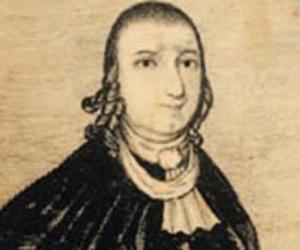
Jemima Wilkinson was an American preacher who later became known as the Public Universal Friend after becoming a genderless evangelist. The Public Universal Friend preached throughout the northeastern US. The Friend's teachings attracted several followers who became part of the Society of Universal Friends.
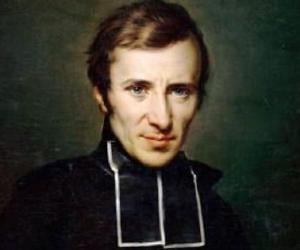
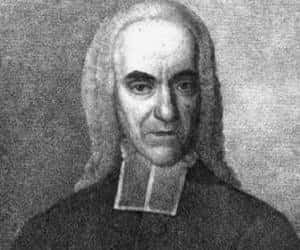
It is unfortunate that German Lutheran clergyman Johann Albrecht Bengel is only remembered for his work on Greek New Testament. One of the greatest biblical scholars, he was also a devout Christian, who founded Swabian Pietism. He was also a pioneer in the modern textual criticism, in scientific exegesis and in modern eschatological study.
